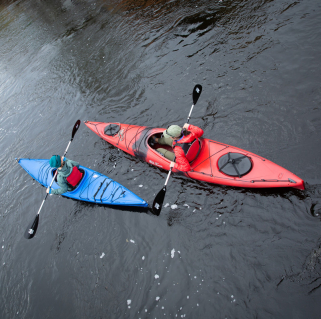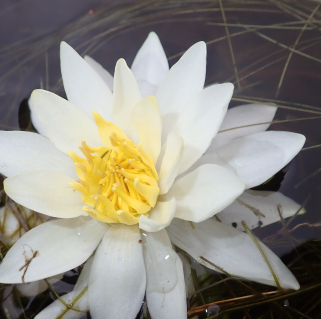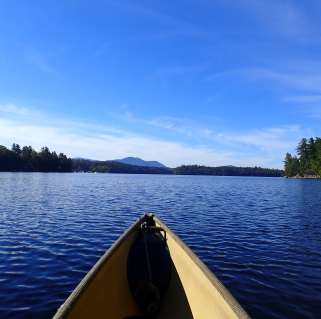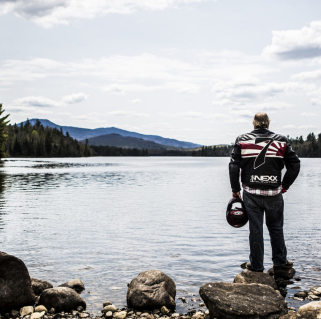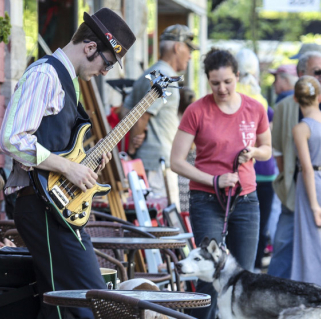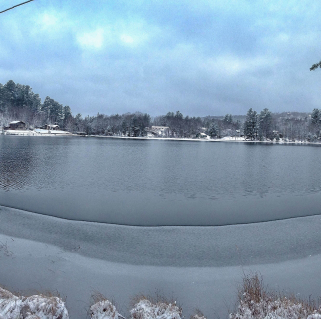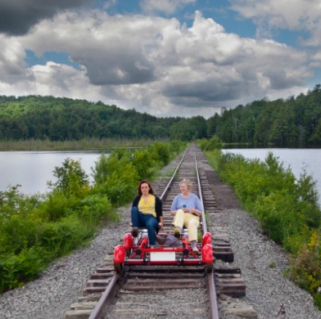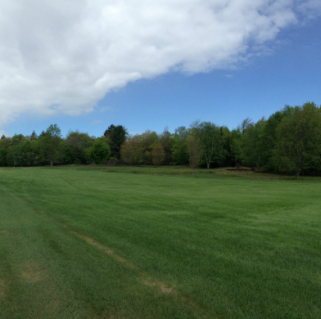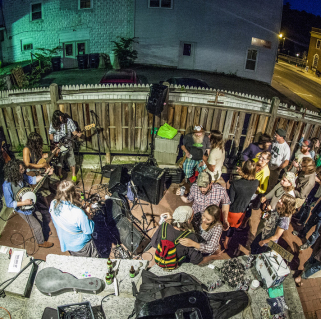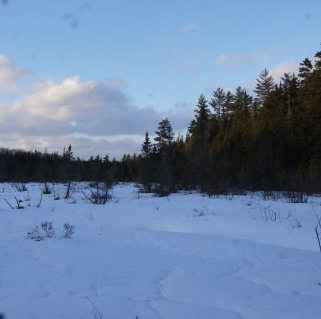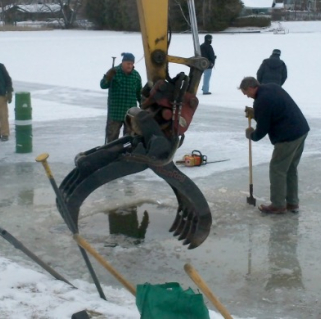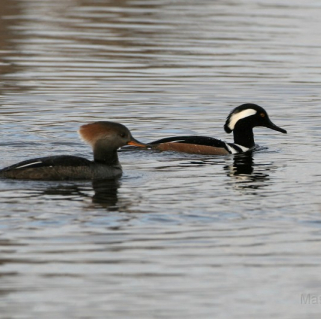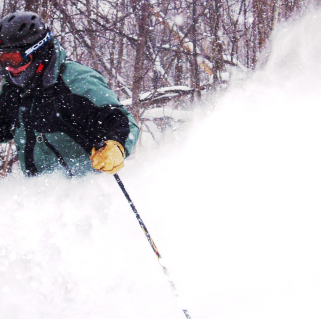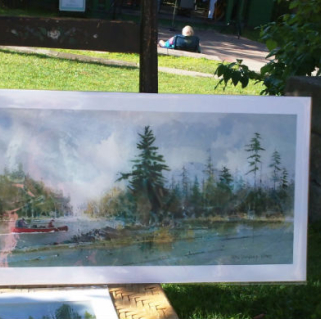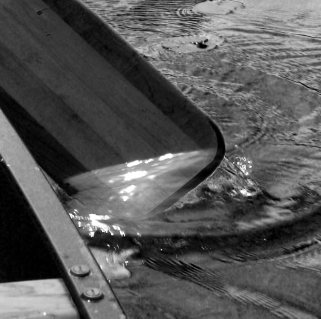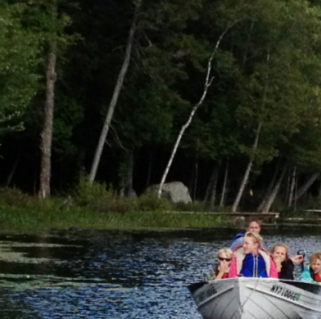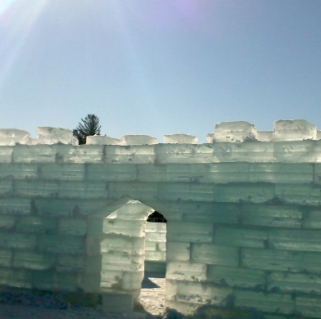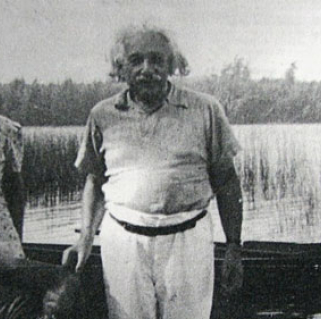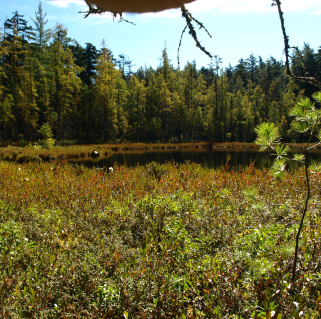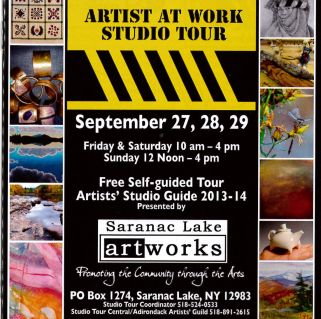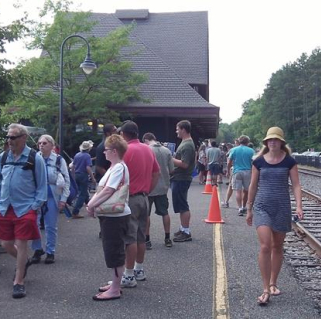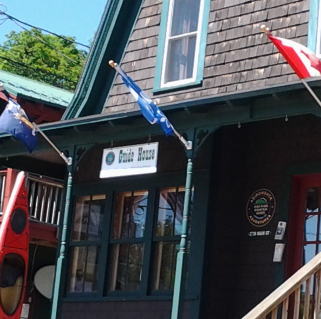Spencer Morrissey
July 08, 2014
Adirondack Paddling
Choosing the right boat for canoeing & kayaking
Boat length
If you are just getting into canoeing or kayaking first you need to decide where you will be paddling the most, but not to limit yourself either. First off, will you be navigating rivers with tight oxbows and narrow passages? Will you be on small ponds and lakes? Will you venture off onto larger lakes like the Saranac’s or Lake Champlain? If you answered rivers that are narrow with sharp oxbow turns you might want to go for a shorter boat, no longer than 12 feet in length. While a 15 foot boat would work, you might find yourself fighting the turns. Shorter boats have a smaller turning radius making it easier to navigate tight corners. If you plan to be on larger lakes, go for a longer boat; 12 feet in length or longer. They are easier to paddle when going straight and are much more efficient on large open water than shorter boats. Longer boats are faster and are not affected by waves as much as shorter boats. If you are on smaller ponds and lakes, you can pretty much go with anything with worry.
Should I get a rudder?
Rudders only come on kayaks and are usually set up as an option, or can be added on later. Rudders are great on bigger boats and for larger waters where turning can be difficult. They also help to keep your boat straight when crosswinds fight you from staying on course. Rudders can also be used on longer boats for flatwater river travel. They will help you maneuver corners but can drag and damage the boat if the water is too shallow.
What color should I get?
Sounds like a crazy question but think of it this way, if you are blue in a large body of water, how easy do you think you can be seen by a motorboat driver going 40-50 mph? Brighter colors are best, always. But if you truly want a blue boat, I recommend you use it on waters where large motorboats are not used or visibility is adequate. Green also blends in with the surroundings.

What type of boat material should I consider?
This is a very important question and it all depends again on where you will be going and if you will be portaging a lot. While fiberglass and carbon fiber are strong, they do not take the beating of an aluminum canoe, composite, or plastic material. If you plan to be on rivers where there is potential of class one and two rapids, don’t get a fiberglass canoe, it will be ruined. Composite, plastic, and aluminum canoes are built to take a beating and keep coming back for more.
Fiberglass and carbon fiber are very light in comparison to other materials but they are also much more expensive. If you think you will be in an area where a boat like this could be damaged, either be exceptionally more careful, or use a boat made of different materials.
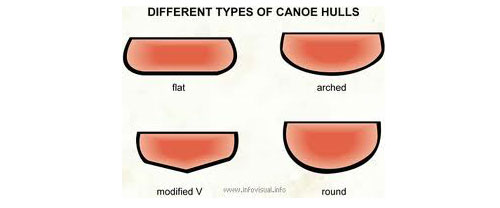
Design options for canoes

- Two person: This is your typical canoe where there is a power paddler and a person to steer.
- Single person: This is more of an open deck kayak. The shape is more along the lines of a canoe, but typically is paddled with a kayak paddle. Canoe paddles will work as well, but since you sit on the bottom of the boat, like a kayak, the canoe paddle would have to be exceptionally longer than normal.
- Hull shape: There are four major hull shapes for canoe bottoms and this feature often gets overlooked when buying your first canoe, but you should keep it in mind.
- Flat: This is like paddling a bathtub. There is much more surface on the water, which makes it much more stable, but has significant drag.
- Arched: This is slightly less stable, but still decent. While the bottom is rounded there is a rib along the side that works as a kind of stopping point, or warning point, which I like to call it. When tipped this rib catches the water just enough to give you chance to lean back upright.
- Round: This boat is very tipsy. You won’t see this design very often due to its lack of popularity.
- Modified V: This is most popular design and offers good maneuverability and excellent stability.
Other design options for Kayaks

- Tandem: This is simply a to person kayak. They are usually 14 feet or longer and are perfect for larger bodies of water. They are quite heavy and a bit sluggish in the water.
- Sit-on-top: This design is a kayak that you sit on top of rather than in a cockpit. These are excellent options for fishing or to be used as a dock boat. They are easy to get off of and back on for swimming. They are very heavy, a bit slow-moving, but very maneuverable.
Do you have additional questions about getting the right boat, stop by a local gear shop for details or contact me right here and let me see what I can do? Interested in an introduction to canoeing or kayaking – our local guide services will set you up. Ready to buy? We have some outstanding outfitters that are ready to set you up.




Packages and Promotions
Valid Jan. 21
- Jan. 21
Valid Jan. 21
- Jan. 21
Stay and Dine
Voco Saranac Lake
Receive a 50 dollar credit per stay to use in our Boathouse Saranac Lake Pub. Enjoy an exceptional dining experience with unparalleled views great...
Valid
-
Valid Mar. 26
- Jun. 30
monthly until April 30
Guided Nature Immersions - 10% off for Pre-Season Registration
<h4>10% off pre season registration with no code needed! Call or register before June 30th, 2025 and automatically receive a 10%...
Valid Jan. 21
- Jan. 21
Valid Jan. 21
- Jan. 21
Pet Getaway
Voco Saranac Lake
Your dog deserves an Adirondack getaway too. Book our pet friendly hotel near Lake Placid welcomes every member of your crew. Book our Pet Package...
Valid Dec. 1
- Dec. 1
Valid Dec. 1
- Dec. 1
Linger Longer in Saranac Lake
Best Western Saranac Lake
Linger Longer in Saranac Lake at our supremely located property, Best Western Saranac Lake. Stay 2 nights or more and get 15% off!





























